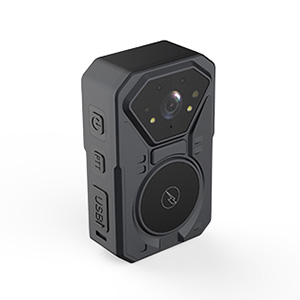Police Body Cameras: Enhancing Transparency and Accountability

本身
# Police Body Cameras: Enhancing Transparency and Accountability
## The Rise of Police Body Cameras
In recent years, police body cameras have become an increasingly common tool in law enforcement agencies worldwide. These small, wearable devices are designed to record interactions between officers and the public, providing an objective record of events as they unfold.
## How Body Cameras Work
Police body cameras are typically attached to an officer’s uniform, often on the chest or shoulder. They can be activated manually or set to record automatically during certain situations, such as when an officer draws their weapon or turns on their patrol car’s emergency lights.
Key features of modern body cameras include:
– High-definition video recording
– Night vision capabilities
– Long battery life
– Secure data storage
– Tamper-proof design
## Benefits of Body Camera Implementation
The use of police body cameras offers numerous advantages for both law enforcement and the communities they serve:
### Increased Transparency
Body camera footage provides an unbiased account of police interactions, helping to clarify what actually occurred during incidents. This transparency can build trust between law enforcement and the public.
### Improved Accountability
With their actions being recorded, both officers and civilians tend to behave more appropriately during encounters. This accountability can lead to fewer complaints against police and better overall behavior from all parties involved.
### Enhanced Evidence Collection
Video evidence from body cameras can be invaluable in criminal investigations and court proceedings. It provides a clear, objective record that can corroborate or challenge witness statements.
### Better Training Opportunities
Recorded interactions can be used as training tools to help officers improve their techniques and decision-making skills. Agencies can identify best practices and areas needing improvement.
## Challenges and Considerations
While police body cameras offer many benefits, their implementation isn’t without challenges:
### Privacy Concerns
Recording interactions raises questions about when cameras should be activated and how footage should be stored and accessed. Balancing transparency with individual privacy rights remains an ongoing discussion.
### Data Storage and Management
The vast amount of video data generated requires secure storage solutions and clear policies about retention periods. This can be costly for law enforcement agencies.
### Policy Development
Departments must establish clear guidelines about when cameras should be used, how footage is reviewed, and who has access to recordings. Inconsistent policies across jurisdictions can create confusion.
## The Future of Police Body Cameras
As technology advances, we can expect to see improvements in body camera systems:
– Artificial intelligence integration for real-time analysis
– Better facial recognition capabilities
Keyword: police body cameras
– Longer battery life and smaller form factors
– More sophisticated data management systems
The continued evolution of police body cameras promises to further enhance their effectiveness as tools for transparency and accountability in law enforcement.
## Conclusion
Police body cameras represent a significant step forward in modern policing. While not a perfect solution to all challenges in law enforcement, they provide an important tool for increasing transparency, improving accountability, and building trust between police and the communities they serve. As technology and policies continue to develop, body cameras will likely play an increasingly vital role in 21st-century policing.